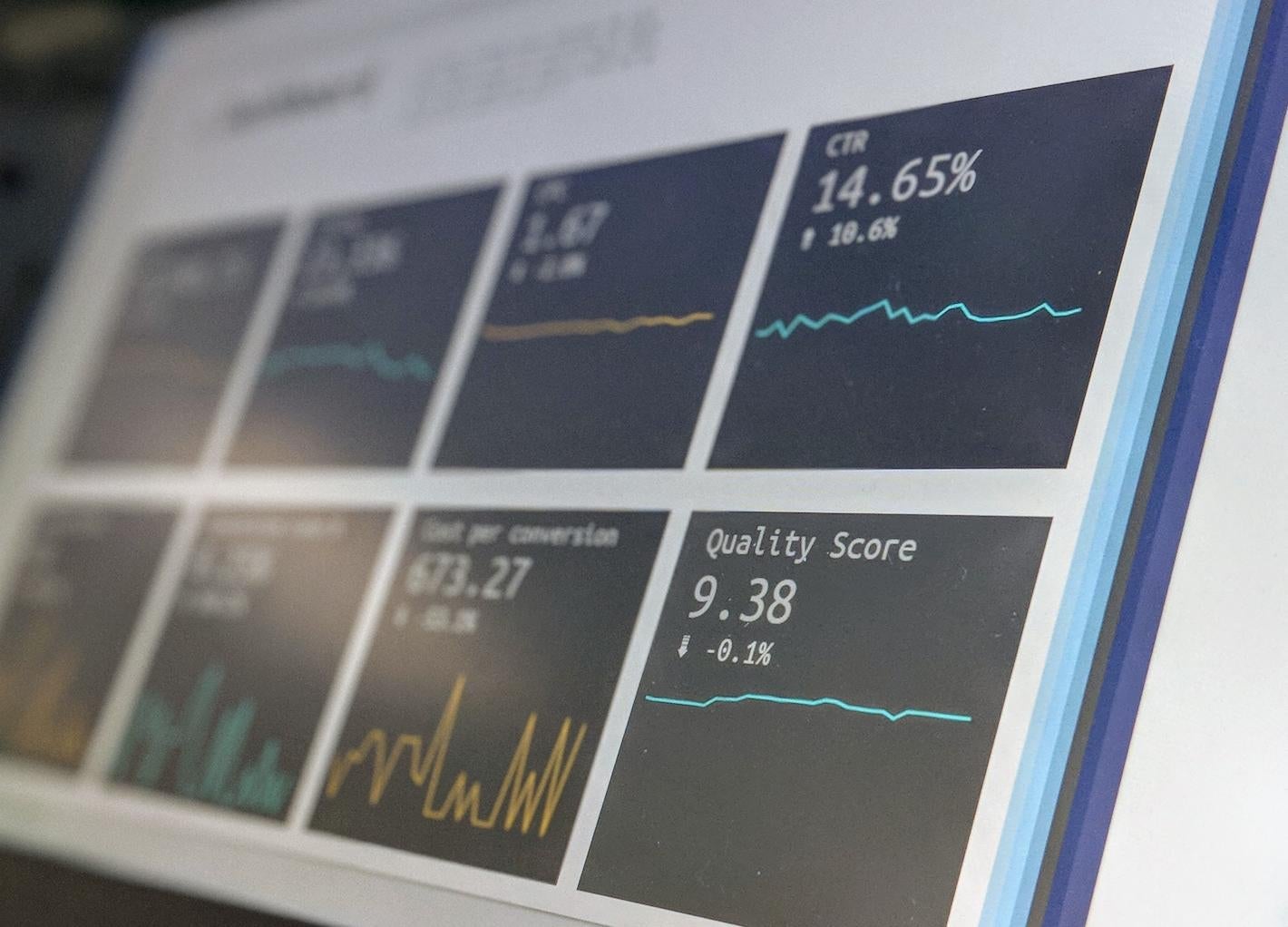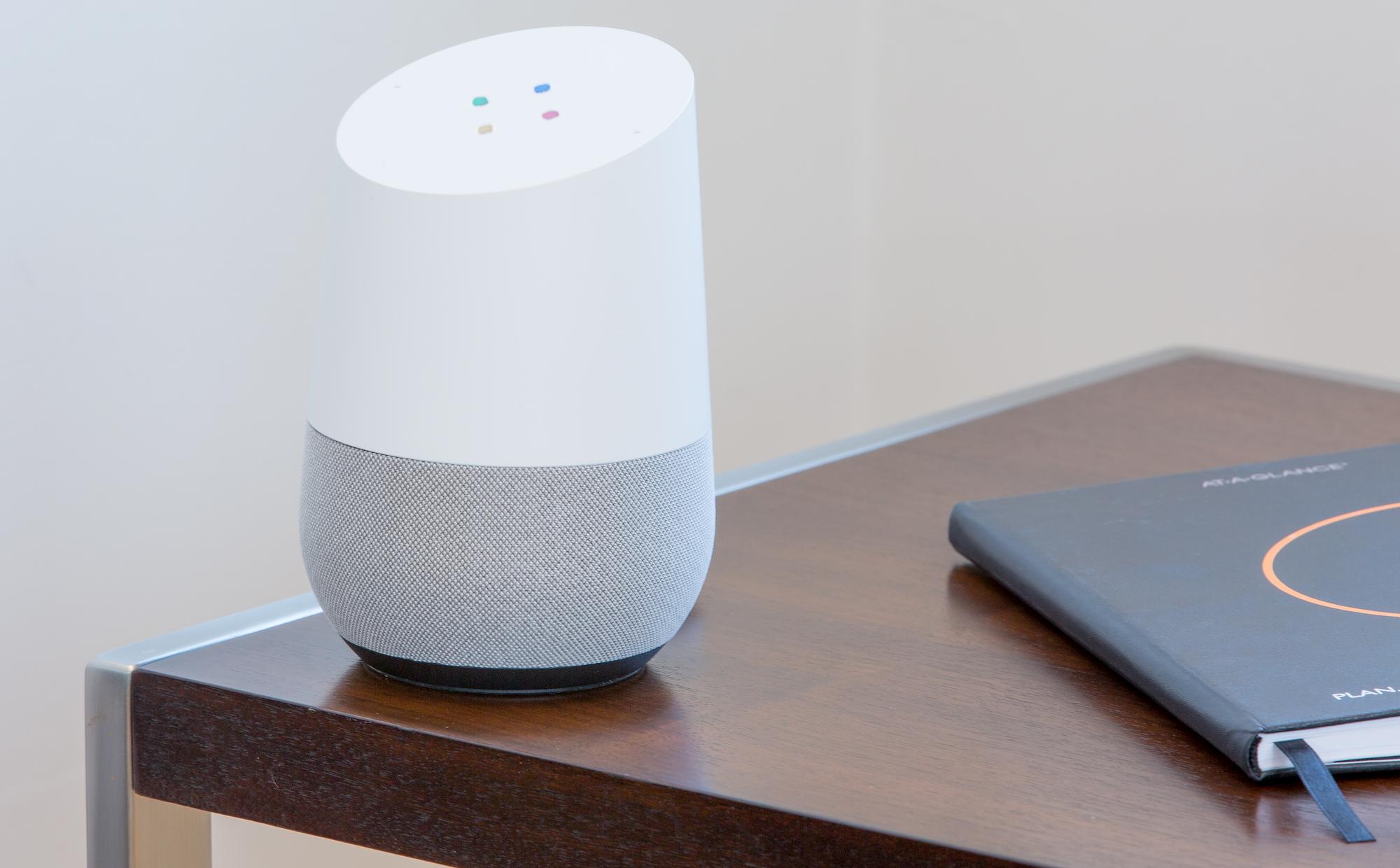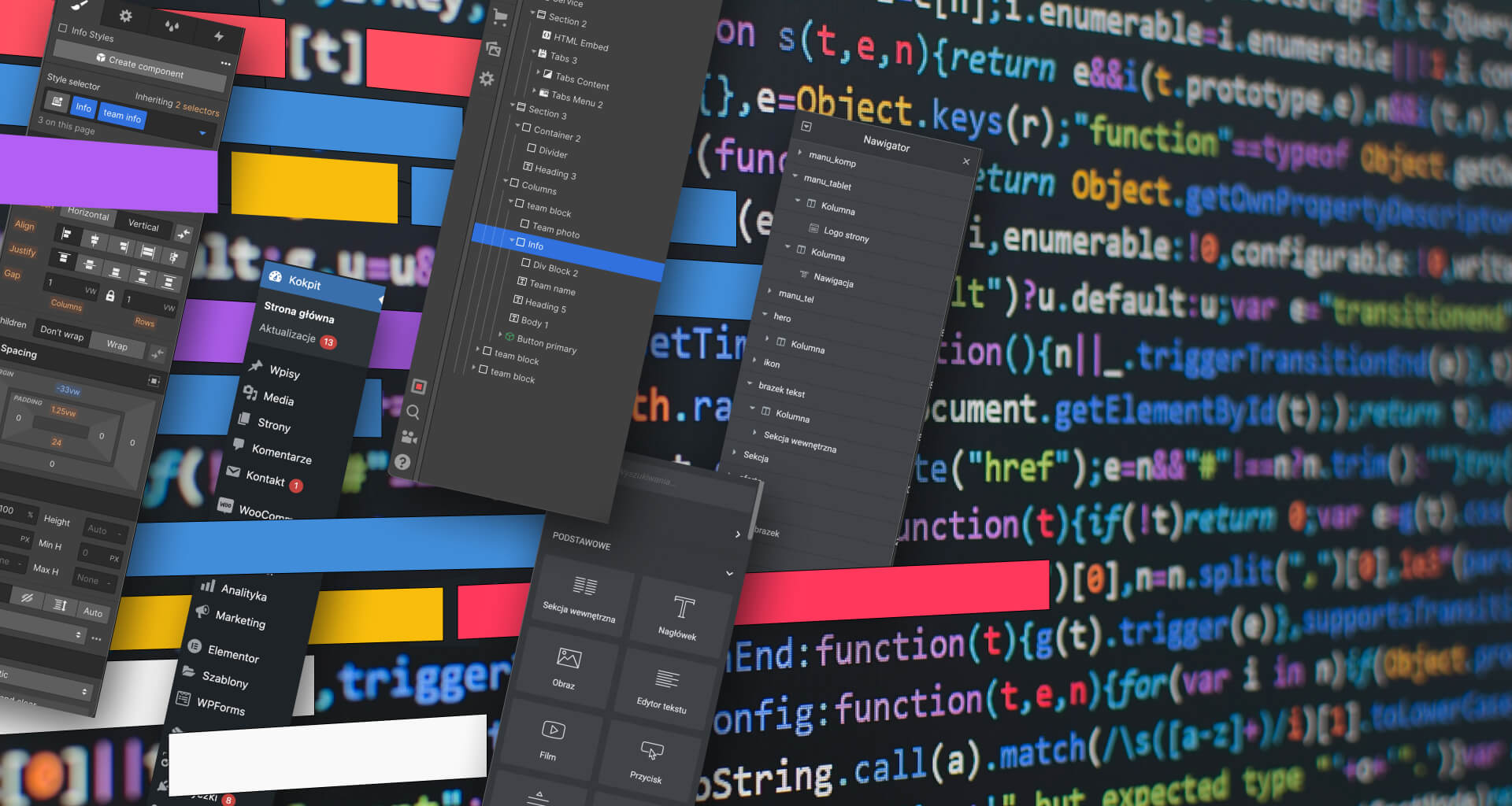In the user experience adventure - sometimes, majority rules.
When it comes to evaluating a website, mobile site, digital creation, or screen application, we need as many voices as possible to get the most accurate feedback. Remote usability testing might just be the kind of research you need in this case. This practice allows you to test more participants, in a real time natural environment, and at a far lower cost to your software tool testing budget.
Need more time to understand remote usability testing? Take a look at our articles highlighting remote testing practices and testing tools - and get back to me when you’ve gotten up to speed!
I think of remote usability testing as a secret superweapon for teams focusing on a wide range of objectives and practices. In some cases, it works wonders for those who lab test iteratively, or for those who must implement customer feedback. In other instances, its ideal for MVP-focused software testing too!
The question is - are remote usability tests really that great?
That depends. The realist within me will say that no app is perfect, and there’s no mould in which each software project will fit. So, before you embark on the task of remote usability testing, take note of the advantages and disadvantages which you can find in any user research method or test.
With a little research, and reading these insights and tips, you can obtain the results you need to design and execute truly captivating tools and experiences for your customers.
So, what are we waiting for? Let’s create the ultimate digital experience!
Rules for Remote Usability Testing
Some pioneers of remote usability tests might have a wish list ranging into hundreds of ideal testing tools and user experience techniques. But I have boiled this down to the ten best usability testing tools.
1. Select the Right Remote Testing
There are two types of remote usability testing. Each are effective in their own context, whether this is person focused, or tightly controlled data analysis through a lab environment. Each user experience practice falls into one of these categories: moderated or unmoderated usability tests.
Moderated testing relies on the expertise of remote usability test facilitators who oversee testing sessions, guide the testers, issue follow up questions to participants, evaluate tasks with users, as well as record feedback from participants.
This can however require you to expend more resources than unmoderated testing tools. But in the long run, it does offer participants a more interactive session, with a richer, more valuable, and in-depth assessment of the software. These can be in person or through video conferencing situations.
Unmoderated testing means no overwatch, with testers left to conduct the session unsupervised. It may also mean the task of recruiting participants rests on you. Whilst this may provide minimal qualitative user feedback, it does produce quantitative and analytical insights into the interaction and behavioural patterns of users as they test your mobile app or website.
2. Narrow Your User Testing Scope
The more concise you get, the more constructive feedback you stand to receive. Try to work with a limited set of hypotheses, and specific flows. Be sure to also shorten the length of the user testing tool assessment, particularly if you’re conducting an unmoderated test – with up to seven tasks. Moderated tests may need more time but be sure to stick to your time limits.
By applying this approach to your testing, you will be able to calibrate to your needs, and that of your target market far more effectively.
3. Source Your Participants – Fast
The most notorious cause for project delays is the ability to find people. Therefore, the faster your preparation time, the easier it will be to find persons from whom you will select dedicated and valuable insights.
Consider the criteria of your test subjects and let them be a representation of your product’s target market. Ideally, the profile of the participants should match your end users in terms of age, job title, education, screen time, and other demographical info. Once you find the relevant tester profiles, make sure to attract as many of these individuals as possible. If possible, the more people you find, the greater the degree of insight from which you can make further assessments.
Earlier sourcing of remote usability testing participants will mean an earlier start to the design process. To get a head-start, investigate specific segments of users, create reach-out campaigns to draw participants, generate social media initiatives, or use your time to research paid focus group organisers, to source a ready-made participant squad of testers.
4. Be Clear and Concise with Tasks
In testing scenarios, including remote usability testing, it’s essential to send instructions to participants, define rules of conduct, behavioural guidelines, as well as how to connect with the devices in the test. Users should know which tool or device to connect to and what other hardware, such as headphones or a fully charged laptop battery, is required for testing.
It’s always a good idea to hold a test briefing to check if everything is operational, and offer the participant suggestions and walkthroughs for installing or calibrating their equipment. Interpreters should also take part in this exercise.
5. Elaborate Questions in Tests
Your target audience are real users from across the world. It's therefore a wise strategy to recruit participants who represent the user of your tool. Multilingual users, and cross-cultural environments a mainstay in the online experience, it’s always good to keep a clear message that all users can understand. In conducting interviews and tests, be sure to refine questions to make them unambiguous. A ‘rule of thumb’ is to make open ended questions natural, and understandable at an elementary level.
By simplifying, and directing questioning, you stand to attain the most direct and relevant comments and responses to your testing. This in turn will improve the quality of your remote usability testing.
6. Run a Pilot Tool Test
Before sharing your mobile creation with the world – share your testing tool with persons you trust, outside of a moderated lab environment. A pilot remote usability test means to run a trial with peers and colleagues, for direct feedback on what could be improved. Your internal team of UX, UI, graphics, and copywriting specialists can offer professional insights into the product.
These tools are a prerequisite to remote usability testing, and will enhance your feedback from test participants in real time. Consider this approach as a first line of defence in usability testing and a great change to gain a seasoned perspective. Once you iron out the kinks, you can send a quality demo product to trial with users - and face real world tests.
7. Recruit Participants and Users
Leveraging your testing tools requires a proactive approach. You might have started sourcing people as early as possible. Yet, chances are, even that’s not enough. The fact is, you’ll never have enough users – as participants are generally unreliable. This is a given, for any testing scenario, meaning your next step will be to find additional persons.
Consider following up with those having missed the first test, to reel them back into the trial at a later date, or source additional people but with a wider scope of qualification if you require more people at short notice.
8. Don’t Just Be a Video Observer!
Encourage each participant of your remote usability test as much as you can. Remote tests require committed engagement from the person testing. To gain actionable test responses, they must feel as at-ease as possible. This means asking test subjects to raise their concerns when they have trouble with the product, and to feel free to offer even the most brutal feedback they can.
By engaging with your moderated users, they will more intuitively and naturally interact with your product. However, don’t micromanage them either. Remote user testing requires clear lines of communication. So, give your participants guidance, but equal space, to remind them that the test is ‘their experience’ to share with you.
9. Clarity is Key
User experience is a person oriented task. Remember to be human, and don’t overlap questions in the process. Be mindful of the person, and the kind of conversation you are holding, when interviewing your users in moderated remote tests, especially when issuing follow up questions.
Unmoderated user tests should contain tasks and objectives that are also simple and measurable. Usability tests offer app data, test data, and other variables that can overcomplicate your tasks. By setting person testing outcomes, it will become easier for you to objectively understand the outcome using screen data, app analytics, and other quantitative research. Don’t overcomplicate the remote testing activities and keep your user journeys unambiguous for best results, and relevant app usability data.
10. Filter Out the Nonsense
Remote testing allows for qualitative information, but when a usability test participant fails to offer researchers with relevant information to the process, their costs outweigh the benefits of your session.
Not every session recruit will make the grain. Some are only there for the money or bonus. It’s important to identify each participant, whose inputs are unlikely to provide considerable UX insight.
Ultimately, it’s the user with a genuine interest in your app or website features who will help you test and achieve your tasks. Therefore, finding these participants early on and removing the recruit from the fold will simplify the assessment at the end.
What's Next for Remote Usability Testing?
Above all, you need to define the end user of your website or app. This will help you determine from which remote usability tests you would need to conduct your research process and tasks: moderated remote usability, or unmoderated remote testing.
Testing remote usability takes an understanding of verbal and body language that is essential to UX research. Only by seeking out a remote user or person with knowledge, passion, and motivation for your product, can you source the best answers. Of course, you will need to offer complete engagement from your side, with follow up questions, video conferencing, or in person testing to gain the most qualitative information from your users. Consider their responses and design the testing remote tools in a natural environment in such a way that a person can easily offer their responses.
Be sure to explore the latest tools, particularly those with the features, infrastructure and designs for conducting remote usability testing sessions. Don't forget to read our articles, supported by mobile researchers in information architecture - they offer features and benefits that can improve your site, and help you create complete digital projects.
By being proactive, finding quality testers, and consulting an expert team, you can ultimately build a quality product using the principles of remote usability testing. It takes a little engagement from the users, and some more commitment from your side too!





